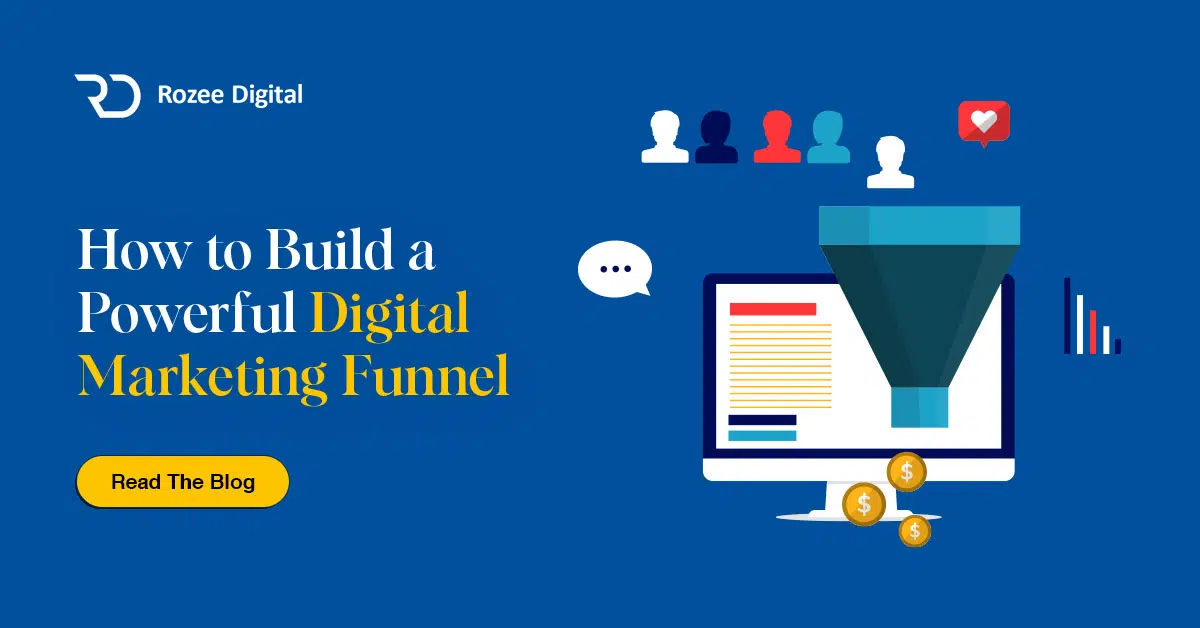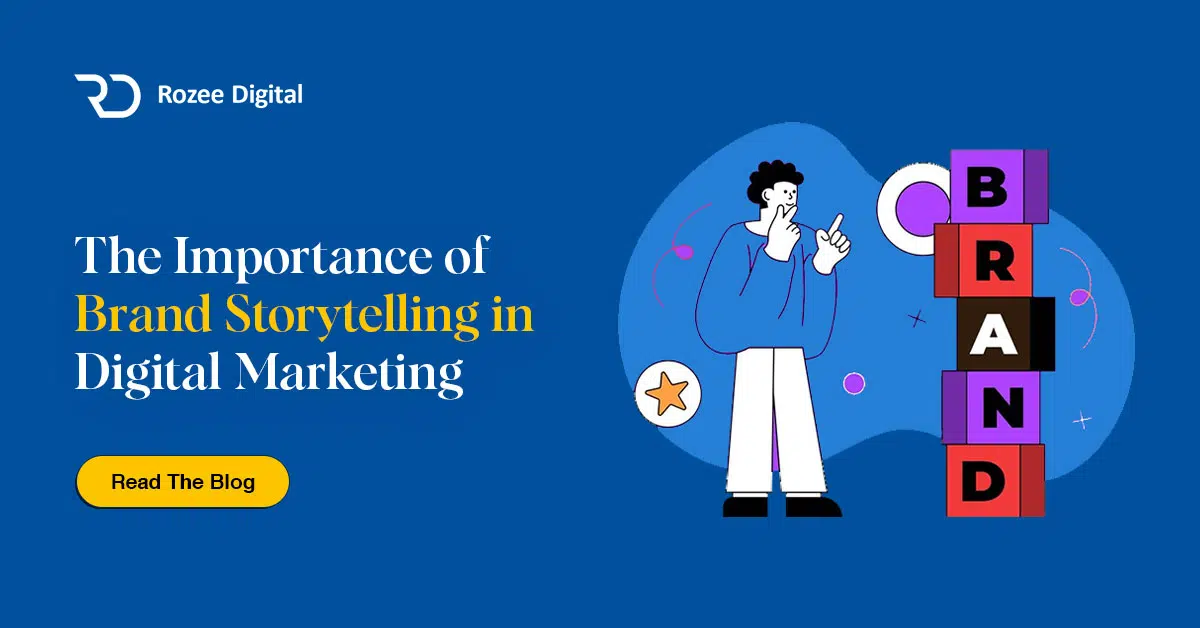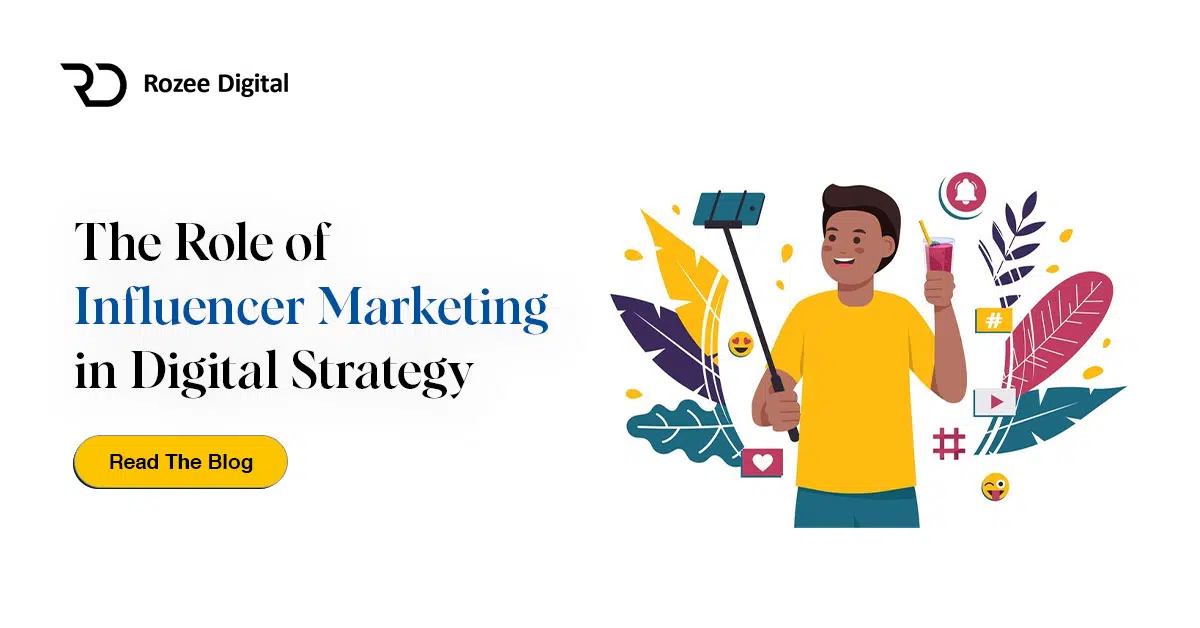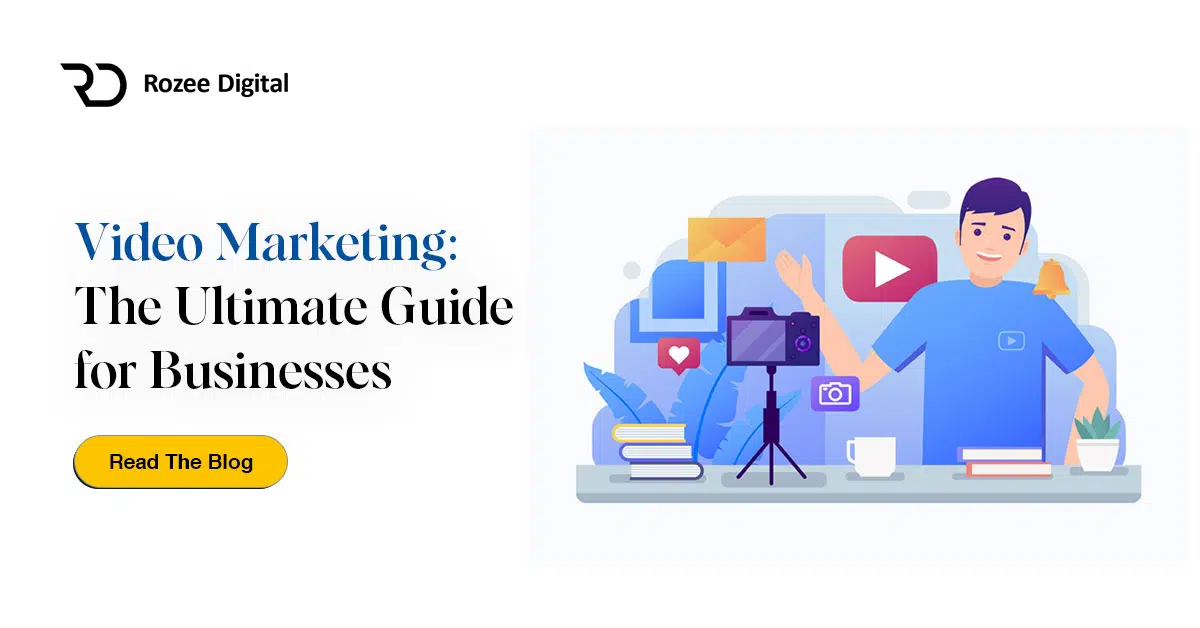Introduction to LinkedIn Ads for Ecommerce
When it comes to pay per click advertising, businesses have a multitude of platforms to choose from. One such platform that offers unique advantages for ecommerce is LinkedIn Ads. With its professional user base and extensive targeting options, LinkedIn provides a valuable opportunity to reach a highly relevant audience.
The Power of Pay Per Click Advertising
Pay per click (PPC) advertising is a popular digital marketing strategy that allows businesses to display ads to their target audience and pay only when someone clicks on their ad. This method offers several benefits, including:
- Cost-effectiveness: With PPC, businesses have control over their budget and can set maximum bids for each click, ensuring that they only pay for actual engagement.
- Targeted audience: PPC platforms, such as LinkedIn Ads, offer sophisticated targeting options, allowing businesses to reach their desired audience based on factors like job title, industry, and more.
- Measurable results: PPC campaigns provide detailed performance metrics, enabling businesses to track the effectiveness of their ads and make data-driven decisions.
Why LinkedIn Ads for Ecommerce?
LinkedIn is the world’s largest professional network, with millions of members spanning across various industries. For ecommerce businesses looking to connect with professionals, decision-makers, and B2B audiences, LinkedIn offers a unique advantage. Here are a few reasons why LinkedIn Ads can be beneficial for ecommerce:
- Targeted reach: LinkedIn Ads allows businesses to target their ads based on specific professional attributes, such as job title, industry, company size, and more. This precision targeting ensures that ads reach the right audience, increasing the chances of generating relevant leads and conversions.
- Business-focused environment: LinkedIn is known as a platform for professionals, making it an ideal space for ecommerce businesses targeting professionals or B2B customers. By leveraging LinkedIn’s professional network, businesses can connect with individuals who are more likely to engage with their products or services.
- Engaging ad formats: LinkedIn Ads offers a range of ad formats, including sponsored content, text ads, and dynamic ads. These formats allow businesses to showcase their products or services in a visually appealing and engaging manner, capturing the attention of their target audience.
By utilizing LinkedIn Ads for ecommerce, businesses can tap into a professional network of individuals who may be more receptive to their offerings. With the right targeting, compelling ad content, and strategic budgeting, ecommerce businesses can unlock the potential of LinkedIn Ads to drive brand awareness, generate leads, and boost conversions.
Getting Started with LinkedIn Ads
To tap into the potential of LinkedIn Ads for your ecommerce business, it’s important to understand the process of setting up a LinkedIn Ads account and defining your campaign objectives.
Setting up a LinkedIn Ads Account
To get started with LinkedIn Ads, you need to create a LinkedIn Ads account. Visit the LinkedIn Campaign Manager and follow the step-by-step process to set up your account. You’ll be guided through the necessary information, such as your business details and billing information.
Once your account is set up, you’ll gain access to the LinkedIn Campaign Manager dashboard. This is where you can create, manage, and monitor your LinkedIn Ads campaigns. Familiarize yourself with the various features and options available in the Campaign Manager to make the most of your advertising efforts.
Understanding Campaign Objectives
Before launching your LinkedIn Ads campaign, it’s crucial to define your campaign objectives. Knowing what you want to achieve with your ads will help you tailor your strategy and measure success effectively.
Some common objectives for ecommerce businesses include:
- Brand Awareness: Increase visibility and recognition of your brand among LinkedIn users.
- Lead Generation: Generate high-quality leads by driving traffic to your website or landing page.
- Website Traffic: Increase the number of visitors to your ecommerce website.
- Product Promotion: Promote specific products or offers to a targeted audience.
- Audience Engagement: Encourage LinkedIn users to engage with your content, such as liking, commenting, or sharing.
By clearly defining your campaign objectives, you can align your ad content, targeting, and budgeting strategies to achieve your goals effectively.
Remember, LinkedIn Ads can be a powerful tool for reaching professionals and decision-makers in your industry. Take advantage of the platform’s unique targeting options and professional network to connect with your target audience. For more information on audience targeting, refer to our article on audience targeting.
In the next sections, we will explore how to effectively target your audience and create compelling ad content to maximize the impact of your LinkedIn Ads campaign.
Targeting Your Audience
To maximize the effectiveness of your LinkedIn ads for ecommerce, it’s essential to target your audience strategically. LinkedIn offers various targeting options that allow you to reach the right professionals who are most likely to be interested in your products or services. In this section, we will explore two key targeting strategies: leveraging LinkedIn’s professional network and demographic and interest targeting.
Leveraging LinkedIn’s Professional Network
One of the unique advantages of advertising on LinkedIn is the ability to tap into its vast professional network. With over 700 million members worldwide, LinkedIn provides access to a highly engaged audience of professionals across various industries. This allows you to target individuals based on their job titles, company affiliations, industry, and professional interests.
By leveraging LinkedIn’s professional network, you can tailor your ads to appeal to specific professionals who are more likely to engage with your ecommerce offerings. For example, if you sell office supplies, you can target individuals in managerial roles or decision-making positions within companies.
Demographic and Interest Targeting
In addition to leveraging LinkedIn’s professional network, you can further refine your audience targeting through demographic and interest-based criteria. LinkedIn allows you to target individuals based on factors such as age, gender, location, education, and skills. This enables you to narrow down your audience to those who align with your ecommerce objectives.
Moreover, LinkedIn provides interest targeting options that allow you to reach individuals who have demonstrated specific interests or engagements on the platform. For example, if you sell fitness apparel, you can target individuals who follow fitness-related groups or have shown an interest in health and wellness topics.
To optimize your targeting efforts, it’s important to conduct thorough research on your target audience. Understand their demographics, professional backgrounds, interests, and pain points. This will enable you to create compelling ad content that resonates with your audience and drives engagement.
By combining LinkedIn’s professional network with demographic and interest targeting, you can ensure that your ads reach the right audience, increasing the chances of converting them into customers. Remember to regularly monitor and analyze the performance of your ads to make data-driven optimizations.
Creating Compelling Ad Content
To make the most out of your LinkedIn ads for ecommerce, it’s crucial to create compelling ad content that captures the attention of your target audience. This section will focus on two key aspects of ad creation: writing effective ad copy and designing eye-catching visuals.
Writing Effective Ad Copy
When writing ad copy for your LinkedIn ads, it’s important to keep it concise, engaging, and relevant to your target audience. Here are some tips to help you craft effective ad copy:
- Know your audience: Understand the needs, pain points, and aspirations of your target audience. Use language that resonates with them and addresses their specific challenges.
- Highlight benefits: Clearly communicate the benefits of your product or service. Explain how it can solve a problem or improve the lives of your target audience. Use compelling language to create a sense of urgency or excitement.
- Include a strong call-to-action: Encourage your audience to take action by including a clear and compelling call-to-action (CTA). Whether it’s to visit your website, sign up for a newsletter, or make a purchase, make sure the CTA is compelling and aligned with your campaign objectives.
- Use social proof: Incorporate testimonials, case studies, or reviews to build trust and credibility. Social proof can help convince your audience that your product or service is worth their attention.
- Keep it concise: LinkedIn ads have limited space, so it’s important to convey your message succinctly. Use short sentences, bullet points, or numbered lists to make your ad copy easy to read and digest.
Remember, the goal of your ad copy is to capture the attention of your audience and entice them to take action. By understanding your audience, highlighting the benefits, including a strong call-to-action, using social proof, and keeping your copy concise, you can create compelling ad copy that drives results.
Designing Eye-Catching Visuals
In addition to well-crafted ad copy, eye-catching visuals are essential to grab the attention of your target audience. Here are some design tips to help you create visually appealing LinkedIn ads:
- Use high-quality images: Choose high-resolution images that are relevant to your product or service. The images should be visually appealing and align with your brand identity.
- Keep it simple: Avoid cluttered visuals that can be distracting. Use clean and uncluttered designs that focus on the key message of your ad. Remember, less is often more.
- Include your branding: Incorporate your brand colors, logo, and fonts to maintain consistency and reinforce brand recognition. Consistent branding helps build trust and familiarity.
- Use contrasting colors: Choose colors that stand out and grab attention. Contrast can help your ad visuals pop and make them more noticeable in the LinkedIn feed.
- Incorporate relevant text: If your ad includes text overlays on the visuals, make sure the text is easy to read and complements the overall design. Use concise and impactful messaging that supports your ad copy.
- Test different visuals: Experiment with different visuals to see which ones resonate best with your audience. A/B testing can help you identify the most effective visuals for your LinkedIn ads.
Remember to follow LinkedIn’s guidelines for ad visuals and ensure that your visuals are optimized for different devices and screen sizes. By creating visually appealing ads that align with your brand and capture attention, you can increase the effectiveness of your LinkedIn ads for ecommerce.
Budgeting and Bidding Strategies
When it comes to running successful LinkedIn Ads for your ecommerce business, budgeting and bidding strategies play a crucial role in optimizing your ad performance and achieving your advertising goals.
Setting a Budget for Your LinkedIn Ads
Before diving into your LinkedIn Ads campaign, it’s essential to establish a budget that aligns with your overall marketing objectives. The budget you allocate to your LinkedIn Ads will depend on factors such as your business goals, target audience, and available resources.
To determine your budget, consider the following:
- Campaign Objectives: Identify the specific objectives you want to achieve with your LinkedIn Ads, such as increasing brand awareness or driving conversions. Each objective may require a different budget allocation.
- Target Audience: Consider the size of your target audience and the level of competition within your industry. A larger target audience or higher competition may require a higher budget to reach and engage your desired audience effectively.
- Ad Duration: Determine the duration of your LinkedIn Ads campaign. Allocate a budget that allows you to run your ads consistently throughout the desired timeframe.
- Return on Investment (ROI): Evaluate the potential return on investment from your LinkedIn Ads campaign. Consider the average cost per click (CPC) and your desired conversion rate to estimate the budget needed to achieve your ROI goals.
By carefully considering these factors, you can set a budget that ensures the optimal use of your resources while maximizing the impact of your LinkedIn Ads. Remember to monitor your campaign performance closely and adjust your budget as needed to optimize your results.
Choosing the Right Bidding Strategy
LinkedIn offers various bidding strategies to help you achieve your specific campaign objectives. The bidding strategy you choose will depend on factors such as your budget, campaign goals, and the level of competition in your target audience.
Here are a few common bidding strategies you can consider:
- Cost per Click (CPC): With a CPC bidding strategy, you pay for each click on your ad. This strategy is suitable for campaigns focused on driving traffic to your ecommerce website or generating leads. It allows you to control your spending and optimize your budget based on the performance of your ads.
- Cost per Impression (CPM): CPM bidding allows you to pay for every thousand impressions your ad receives. This strategy is beneficial when your primary goal is to increase brand visibility and reach a broader audience within your target market. It’s important to monitor your campaign’s click-through rate (CTR) to ensure that your impressions lead to engagement.
- Cost per Send (CPS): CPS bidding is specific to sponsored InMail campaigns. With this strategy, you pay for each InMail message sent to your target audience. CPS bidding is ideal for personalized messaging and direct communication with potential customers.
When selecting a bidding strategy, consider your campaign objectives, target audience, and available budget. It’s also essential to monitor your campaign’s performance regularly and make adjustments to your bidding strategy as needed to optimize your results.
By setting an appropriate budget and choosing the right bidding strategy, you can effectively manage your resources and maximize the impact of your LinkedIn Ads for your ecommerce business. Remember to regularly track and analyze your ad performance to make data-driven decisions that drive success.
Monitoring and Optimizing Performance
Once your LinkedIn Ads for ecommerce are up and running, it’s essential to continuously monitor and optimize their performance. This ensures that you are maximizing your return on investment (ROI) and reaching your advertising goals. In this section, we will explore two key aspects of monitoring and optimizing performance: tracking ad performance metrics and A/B testing and optimization techniques.
Tracking Ad Performance Metrics
To gauge the effectiveness of your LinkedIn Ads, it’s crucial to track and analyze relevant performance metrics. These metrics provide insights into how your ads are performing and can help you identify areas for improvement. Here are some important ad performance metrics to monitor:
| Metric | Description |
|---|---|
| Click-Through Rate (CTR) | Measures the percentage of people who clicked on your ad compared to the number of impressions it received. A higher CTR indicates a more engaging ad. |
| Conversions | Tracks the number of desired actions taken by users after clicking on your ad, such as making a purchase or filling out a form. |
| Cost per Click (CPC) | Calculates the average cost you pay for each click on your ad. Monitoring CPC helps you manage your budget effectively. |
| Impressions | Indicates the number of times your ad was shown to LinkedIn users. High impression counts suggest your ad is reaching a wide audience. |
| Ad Spend | Tracks the total amount of money spent on your LinkedIn Ads campaign. Monitoring ad spend helps you stay within your budget. |
By regularly monitoring these metrics, you can identify trends and make data-driven decisions to optimize your ad campaigns.
A/B Testing and Optimization Techniques
A/B testing is a powerful method for optimizing your LinkedIn Ads. It involves creating multiple variations of your ads and testing them against each other to determine which performs better. Here are some elements you can test to improve your ad performance:
- Ad Copy: Experiment with different headlines, descriptions, and calls to action to see which combination resonates best with your audience.
- Visuals: Test different images or videos to determine which ones grab attention and drive engagement.
- Targeting: Try different audience targeting options, such as demographic targeting or industry targeting, to find the most responsive audience for your ads.
- Ad Placement: Explore different ad placements on LinkedIn, such as sponsored content or text ads, to see which ones generate the best results.
When conducting A/B tests, make sure to change only one element at a time to accurately assess its impact on ad performance. This allows you to make informed decisions based on the data you collect.
In addition to A/B testing, continuously optimizing your ads based on the insights gained from performance metrics is crucial. Here are some optimization techniques to consider:
- Landing Page Optimization: Ensure that your landing page is relevant, user-friendly, and optimized for conversions. A well-designed landing page can significantly improve your ad campaign’s success.
- Ad Retargeting: Implement ad retargeting strategies to reach users who have previously interacted with your ads or visited your website. This helps reinforce your brand and encourages conversions.
- Ad Extensions: Take advantage of ad extensions to provide additional information and increase the visibility of your ads. This can improve your ad’s quality score and overall performance.
By consistently monitoring ad performance, conducting A/B tests, and implementing optimization techniques, you can refine and improve your LinkedIn Ads for ecommerce. Remember to stay updated on the latest trends and best practices in pay per click advertising to stay ahead of the competition.
Best Practices for LinkedIn Ads
To make the most out of your LinkedIn Ads for ecommerce, it’s important to follow best practices that can help maximize your campaign’s effectiveness. Here are two key areas to focus on: leveraging LinkedIn’s ad formats and tips for ecommerce success on LinkedIn.
Leveraging LinkedIn’s Ad Formats
LinkedIn offers a range of ad formats that can help you effectively reach your target audience. By understanding and utilizing these formats, you can create engaging and impactful ads that drive results. Here are some ad formats to consider:
- Sponsored Content: This format allows you to promote your brand’s content directly in the LinkedIn feed. It can be a great way to showcase your products, share relevant articles, or highlight success stories. Remember to craft compelling headlines and captivating visuals to grab the attention of your audience.
- Text Ads: Text ads are simple and concise, consisting of a headline, description, and a small image. They appear on the right-hand side of the LinkedIn desktop interface. Keeping your message clear and concise is crucial for this format. Use compelling copy and include a strong call-to-action to encourage clicks.
- Sponsored InMail: Sponsored InMail allows you to send personalized messages directly to your target audience’s LinkedIn inbox. This format can be highly effective for delivering personalized offers, product updates, or event invitations. Craft your message in a conversational and engaging tone, and include a clear call-to-action to drive conversions.
Remember, regardless of the ad format you choose, it’s important to align your messaging with your target audience’s needs and interests. Keep your content relevant, valuable, and tailored to the specific goals of your ecommerce business.
Tips for Ecommerce Success on LinkedIn
To achieve ecommerce success on LinkedIn, consider the following tips:
- Audience Targeting: LinkedIn provides powerful audience targeting options that can help you reach the right people. Leverage demographic targeting, such as job titles, industries, and company sizes, to ensure your ads are seen by the most relevant audience. Learn more about the importance of audience targeting in our article on audience targeting.
- Compelling Visuals: Eye-catching visuals can significantly impact the performance of your LinkedIn ads. Use high-quality images or videos that resonate with your target audience and align with your brand’s image. Visuals should be attention-grabbing, professional, and relevant to the message you’re conveying.
- Clear Call-to-Action: Every ad should have a clear and compelling call-to-action (CTA) that prompts users to take the desired action. Whether it’s making a purchase, signing up for a newsletter, or visiting your website, the CTA should be prominently displayed and communicate the value proposition of clicking.
- Ad Testing and Optimization: Continuously test and optimize your ads to improve their performance. Experiment with different ad formats, messaging, visuals, and targeting options to identify what resonates best with your audience. Learn more about ad testing in our article on ad testing.
By following these best practices and continually monitoring and optimizing your LinkedIn Ads campaigns, you can drive meaningful engagement, increase conversions, and achieve ecommerce success on the platform. Remember to track key metrics such as click-through rates and conversions to measure the effectiveness of your campaigns.







